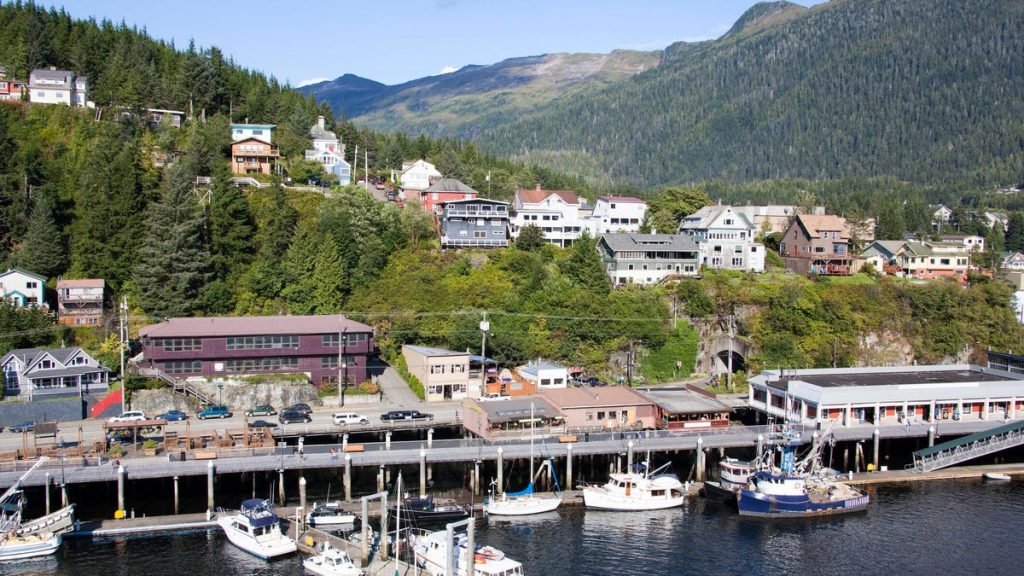Alaska’s incredible natural beauty, national parks, glaciers, and seafood are marred by the lack of quality internet options available to the state’s 730,000 residents. While there are fiber, fixed wireless, DSL, and satellite providers, compromises must be made in terms of speed, price, and reliability. GCI is the top pick for most residents, offering speeds of up to 2.5 gigabits per second and the widest availability of any wired provider in the state. However, other options such as Alaska Communications and Borealis Broadband also offer competitive pricing and speeds.
The broadband scene in Alaska can be bleak, especially for rural residents who often have to choose between satellite, fixed wireless, or DSL connections. Satellite is sometimes the only viable option, while federal funding aims to improve internet access in underserved communities. In 2024, the best internet providers in Alaska were compared based on technology, price range, speed range, data cap, contract, and CNET review score. Providers like Alaska Communications, Borealis Broadband, GCI, Hughesnet, SpitwSpots, Starlink, and Viasat offer varying levels of service.
Rural internet options in Alaska are limited, with providers like Borealis Broadband, Bristol Bay Communications Group, Bush-Tell, Cordova Telecom Cooperative, Mountain Beam, MTA, and SpitwSpots offering fixed wireless or DSL connections in different areas. Each provider may offer varying speeds, costs, and data caps, making it difficult for residents in remote locations to access high-speed internet. Despite challenges, there are ongoing efforts to expand access through initiatives like submarine fiber optic cables and government funding.
Finding cheap internet options in Alaska can be challenging, as the state lacks the low-cost services available in other parts of the country. GCI and Alaska Communications offer plans under $100, but speeds may vary based on location. Hughesnet and Viasat are also affordable options, catering to different needs and budget constraints. Alaska has unique characteristics that make it challenging for providers to offer high-quality, affordable internet services to all residents, but ongoing investments and improvements are gradually changing the landscape.
Alaska’s broadband network primarily consists of DSL, satellite, and fixed wireless connections, with limited fiber access in populated areas. The FCC reports that 100% of residents can access broadband speeds, with satellite internet being a common but not ideal solution for all. While fiber is considered the top choice for home internet, its availability in Alaska is limited to approximately 9.5% of residents. However, efforts to expand fiber networks in remote areas are underway, offering hope for improved broadband services in the future.


